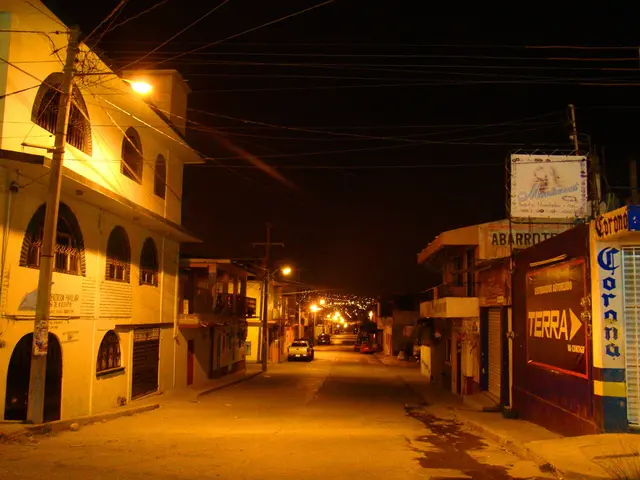KIT's High Power Grid Lab: A Game Changer for Power Grid Research
Karlsruhe Institute of Technology (KIT) is constructing the High Power Grid Lab (HPGL), a cutting-edge research infrastructure for innovative power grids. Set to go online in 2030 as part of the Energy Lab at KIT, the HPGL will focus on low- and medium- voltage grids for regional power distribution. The project, funded with 32.8 million euros, aims to develop and test power electronic components under real conditions.
The HPGL will house medium-voltage emulators capable of mimicking alternating current networks up to 20 kilovolts and direct current networks up to 35 kilovolts, without the need for transformers, and up to a power of 40 megavolt-amperes. This will enable researchers to study the system behavior of novel grid components, such as power converters for medium-voltage direct current grids, in their most realistic network environment.
The lab's construction involves multiple institutes at KIT, along with national and international industrial companies, network operators, and research institutes. While the specific partners are not yet disclosed, the HPGL aims to foster collaboration for the energy transition. The Smart Energy System Simulation and Control Center at KIT will combine real-time simulation of power grids with the HPGL's medium-voltage network emulators.
The HPGL, set to go online in 2030, will play a pivotal role in researching and developing innovative power grid technologies. By mimicking real-world conditions, it will enable the testing of novel components and systems, ultimately driving the energy transition forward.








